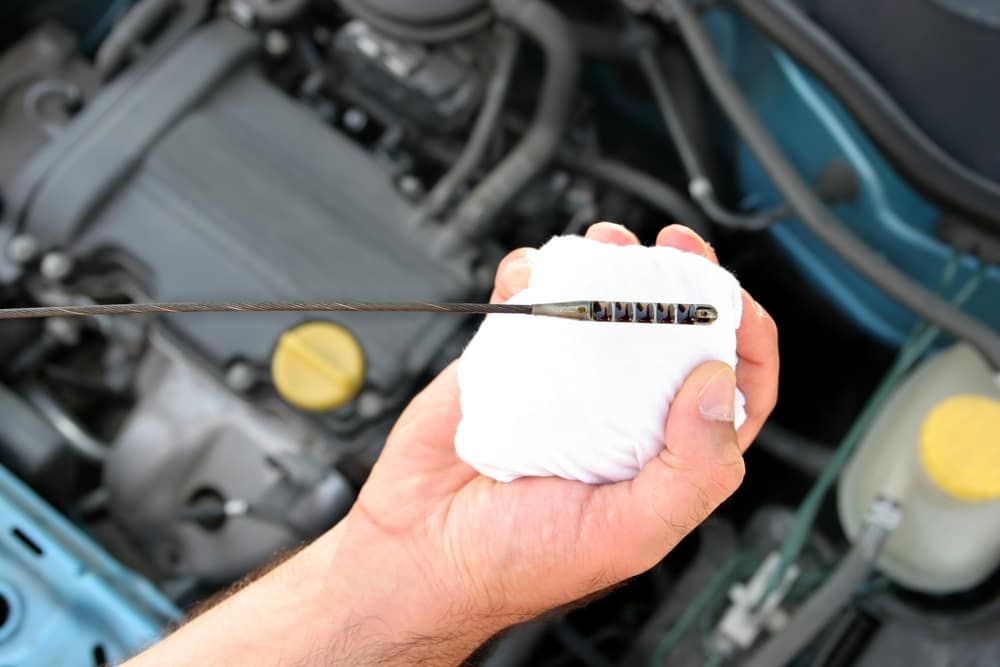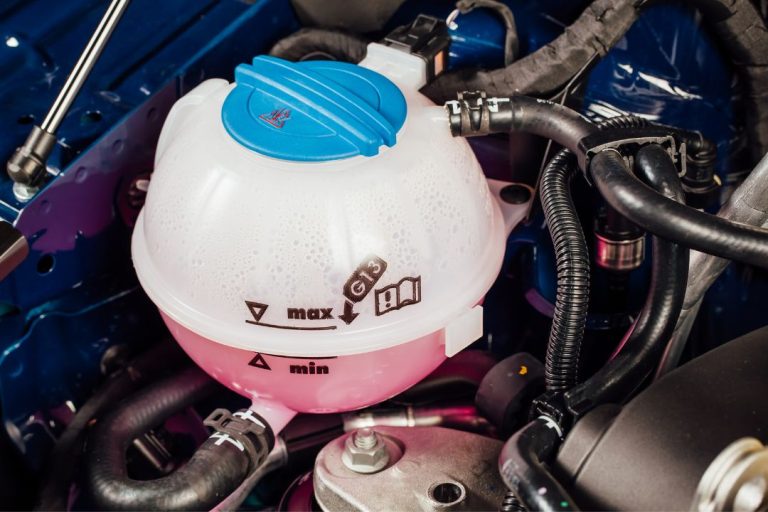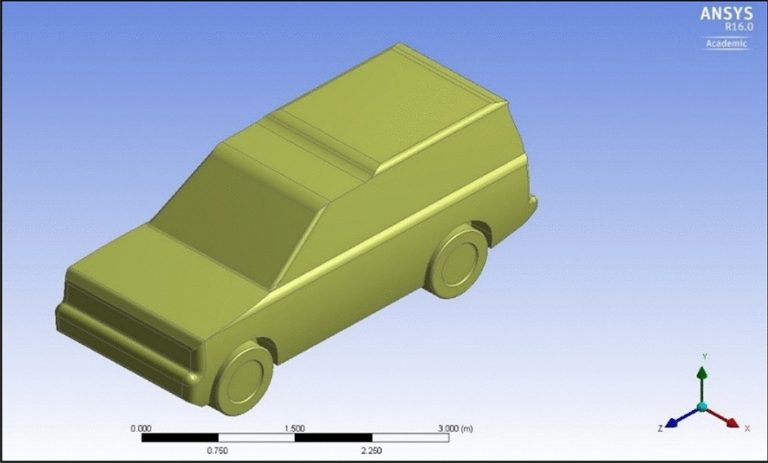How to Tell If Oil is Low in Car: Signs and Symptoms to Look Out For
To check if your car’s oil is low, remove the dipstick, wipe it clean, reinsert, then check the oil level between the two marks on the dipstick. Ensuring your car has enough oil is crucial for proper engine function and longevity.
By regularly checking your oil level, you can prevent potential damage and keep your vehicle running smoothly. Recognizing the signs of low oil, such as the oil pressure warning light coming on, decreased performance, or strange engine noises, can help you address any issues promptly.
In this guide, we will explore the importance of maintaining proper oil levels in your car and how to easily check if your oil is low.
Signs And Symptoms Of Low Oil
Wondering how to tell if your car’s oil is running low? Keep an eye out for symptoms like the oil pressure warning light, decreased performance, strange grinding or knocking noises, burning oil scent, or dark and dirty oil. Regularly checking your oil level using the dipstick is key to maintaining your car’s engine health.
Oil Pressure Warning Light
When the oil pressure warning light on your car’s dashboard illuminates, it indicates a potential issue with oil levels. It’s imperative not to ignore this warning, as driving with low oil pressure can lead to serious engine damage.
Decreased Performance
Low oil can cause decreased performance in your vehicle. You may notice sluggish acceleration, reduced power, or the engine feeling strained during normal driving conditions. It’s essential to address this promptly to prevent further damage.
Strange Engine Noises
If you start hearing unfamiliar sounds such as grinding, knocking, or ticking coming from your engine, it could be a sign of low oil. These noises indicate inadequate lubrication, which can result in significant mechanical issues if not addressed promptly.
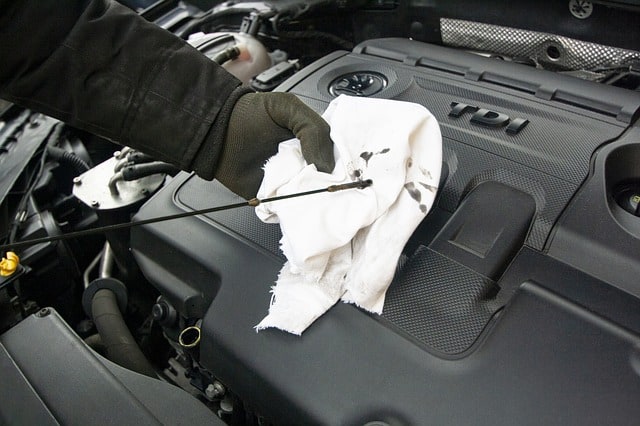
Credit: gtautomotive.com
How To Check For Low Oil
To check for low oil in your car, firstly, park on level ground and wait for the engine to cool down. Next, locate the oil dipstick, remove and wipe it clean. Finally, reinsert the dipstick fully and check if the oil level is between the minimum and maximum markers for sufficient oil.
Using The Oil Dipstick
Start by locating the oil dipstick in your car’s engine, usually with a brightly colored handle for easy identification.
Pull the dipstick out, wipe it clean with a cloth, reinsert it completely, then pull it out again to check the oil level.
Oil Change Light Or Alert
Pay attention to your car’s dashboard for any oil change light or alert that may indicate low oil levels.
If the oil change light illuminates, it’s crucial to check the oil levels manually using the dipstick.
Inspection Of Oil Color And Consistency
Inspect the color and consistency of the oil on the dipstick; it should appear amber in color and have a smooth texture.
If the oil looks dark or gritty, it may indicate contamination or the need for an oil change.
To determine if oil levels are low in your car, follow these steps:
- Step 1: Park your car on a flat surface and let the engine cool down for a few minutes.
- Step 2: Open the hood of your car and locate the oil dipstick.
- Step 3: Remove the dipstick, wipe it clean, reinsert it, and then pull it out again to check the oil level.
- Step 4: Check for the oil change light or alert on your dashboard, indicating low oil levels.
- Step 5: Inspect the color and consistency of the oil on the dipstick for any abnormalities.
Identifying Potential Issues
When it comes to identifying potential issues with low oil in your car, there are several signs to watch out for. Being able to recognize these warning signs can prevent serious damage to your vehicle and save you from costly repairs.
Burning Oil Scent
If you notice a distinct smell of burning oil inside or around your car, it could be a sign that your vehicle has low oil. This smell might indicate that the oil levels have dropped significantly, leading to increased friction and heat within the engine.
Exhaust Smoke
Excessive exhaust smoke, particularly blue or gray in color, can be a clear indication of low oil in your car. When oil levels are low, the engine can overheat, causing oil to burn and produce smoke that is released through the exhaust system.
Excessive Mileage
If your car has been driven for an extended period without an oil change, it is highly likely that the oil levels have dropped. As a result, it’s crucial to keep track of your mileage and adhere to the recommended oil change intervals to avoid running the engine on low oil.

Credit: www.lynnessubaru.com
Taking Action
Easily check your car’s oil level by removing the dipstick and inspecting the oil levels visually. Ensure it falls between the minimum and maximum marks for optimal performance. Running an engine with low oil can lead to costly damages.
Adding Oil If Low
If you have determined that your car is low on oil, it is important to take action immediately to prevent any further damage to your engine. Adding oil to your car is a simple process that can be done by following these steps:
- Park your car on a level surface and turn off the engine.
- Locate the oil filler cap, which is usually labeled with an oil can symbol.
- Remove the oil filler cap and set it aside.
- Using a funnel, slowly pour the appropriate type and amount of oil into the oil filler opening.
- Check the oil level using the dipstick, ensuring that the oil level is between the two lines. If it is still low, add more oil as needed.
- Replace the oil filler cap securely.
- Start your car and let it run for a few minutes to allow the oil to circulate.
- Turn off the engine and check the oil level once again to ensure it is at the correct level.
Remember, it is important to use the correct type and amount of oil specified by your car’s manufacturer. Refer to your car’s owner’s manual for the specific recommendations.
Schedule Service Appointment
If you find that your car is consistently low on oil or if you are unsure about adding oil yourself, it is recommended to schedule a service appointment with a trusted mechanic. They will be able to properly diagnose any underlying issues and ensure that your car’s engine is functioning at its best.
Maintaining the proper oil level in your car is essential for smooth and efficient engine performance. By taking action and addressing low oil levels promptly, you can protect your car’s engine from potential damage and maintain its longevity.
Professional Insights
When checking your car’s oil level, carefully inspect the dipstick to see if the oil is between the minimum and maximum lines. If it’s at the low mark or below, it’s time to add a quart of oil to prevent any potential engine damage due to low oil levels.
What Engine Noises Can Indicate
Engine noises can provide valuable clues about the oil level in your car. If you notice unusual clicking, tapping, or rattling sounds when your engine is running, it could be a sign that your engine oil is low. These noises occur because the engine parts are not properly lubricated, causing friction and resulting in the unusual sounds. Ignoring these noises can lead to costly engine damage. Therefore, it’s important to pay attention to any abnormal sounds and check your oil level promptly.
Understanding Oil Warning Lights
Your car’s dashboard is equipped with warning lights that serve as a crucial tool in alerting you to potential oil issues. One such warning light is the oil pressure warning light. If this light illuminates while you’re driving, it indicates that the oil pressure in your engine is too low. This could be due to low oil levels or a problem with the oil pump. It’s essential to address this issue promptly to prevent engine damage.
Another warning sign is a change in your car’s performance. If you notice a decrease in power or acceleration, it could be a result of low oil levels. Insufficient lubrication can cause friction and hinder the smooth functioning of the engine, resulting in decreased performance.
Additionally, a burning oil scent inside your car can be a strong indicator of low oil levels. If you detect a noticeable burning smell, it’s essential to check your oil level and address any issues promptly.
Conclusion
Keeping a close eye on your car’s oil level is vital for ensuring optimal engine performance and preventing unnecessary damages. By paying attention to engine noises and understanding the significance of oil warning lights, you can quickly identify when your car’s oil is low and take the necessary steps to address the issue. Regular oil level checks and timely oil changes are simple yet crucial maintenance tasks that can extend the lifespan of your car and improve its overall performance.
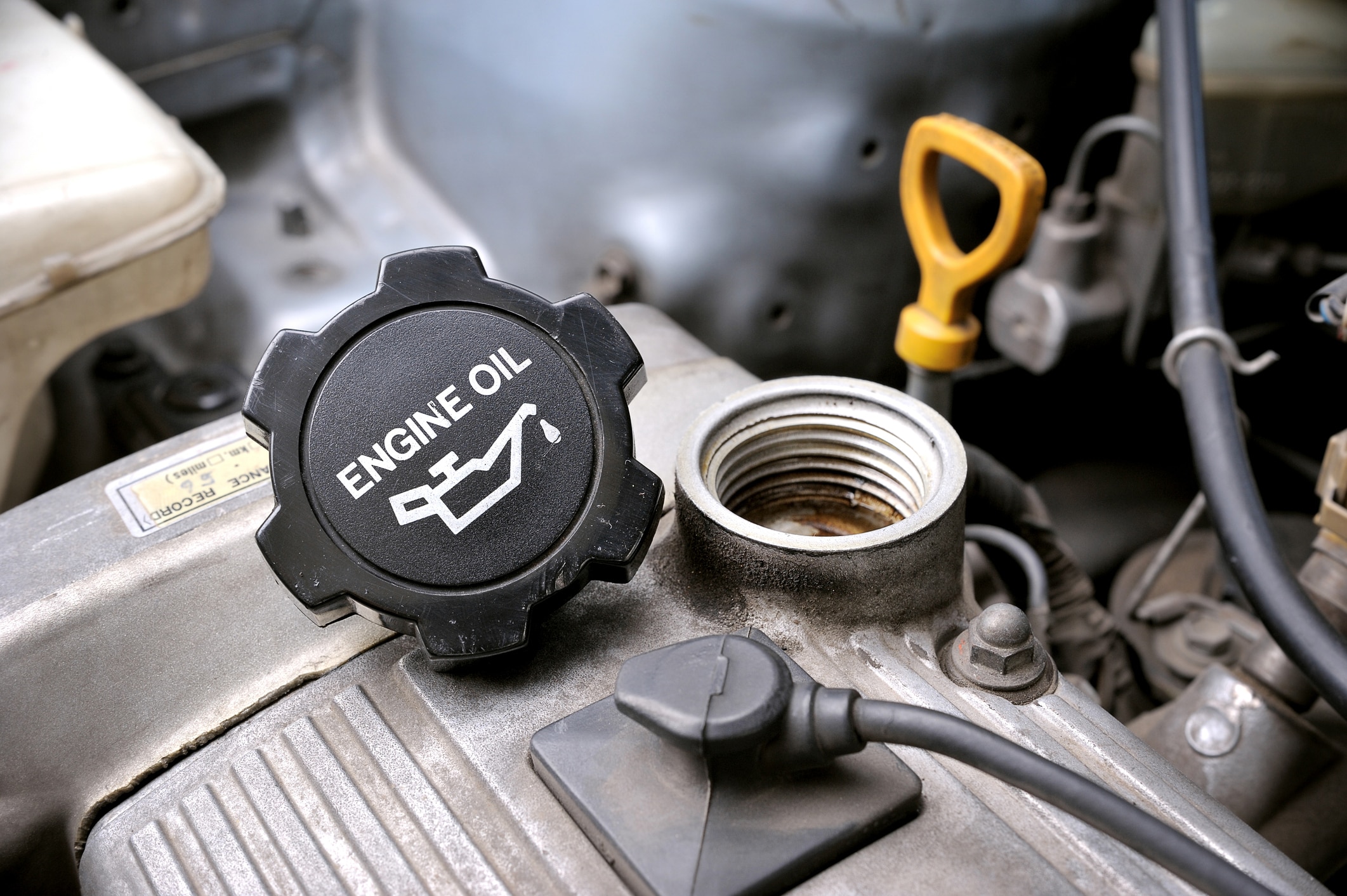
Credit: www.tiresplus.com
Frequently Asked Questions Of How To Tell If Oil Is Low In Car
What Are The Symptoms Of Low Oil In A Car?
Symptoms of low oil in a car include oil pressure warning light, decreased performance, strange grinding or knocking noise, burning oil scent.
How Do I Know If My Car Needs Oil?
To know if your car needs oil, follow these steps: 1. Park your car on a level surface. 2. Locate the dipstick and remove it. 3. Wipe it clean and reinsert it fully. 4. Remove it again and check the oil level.
5. If the oil level is between the two lines, your car has enough oil. If it’s below the low line, it’s time to add oil. 6. Make sure to use the recommended oil type for your car. 7. Regularly check your oil level to maintain your car’s performance.
How Do I Know How Low My Oil Is?
To check your oil level, park on level ground, wait for the engine to cool, then locate the dipstick, pull it out, wipe it clean, reinsert, and pull it out again. If the oil mark is between the lines, it’s okay.
If it’s low, add a quart.
What Does A Car Low On Oil Sound Like?
A car low on oil may produce clicking, tapping, or rattling noises while idling. These sounds can be resolved with an oil change.
Conclusion
In most instances, the signs of low oil are subtle, which is why being proactive is key. Monitoring your oil levels regularly can prevent serious damage to your engine and keep your car running smoothly. Familiarize yourself with the warning signs and practice proper oil maintenance to ensure your vehicle’s longevity and performance.

